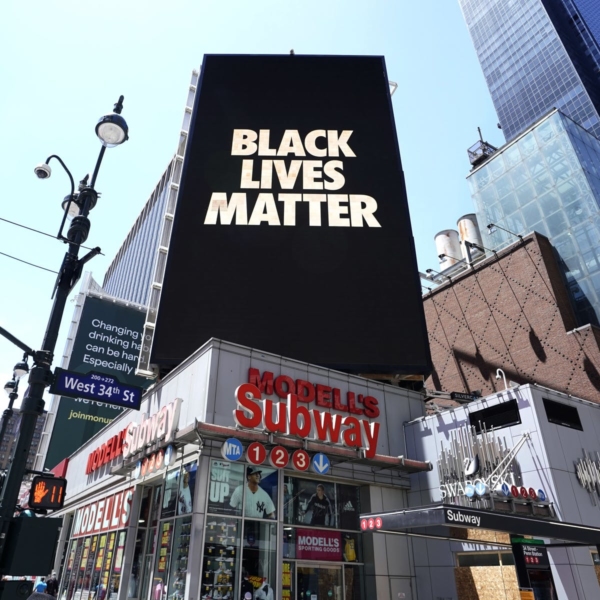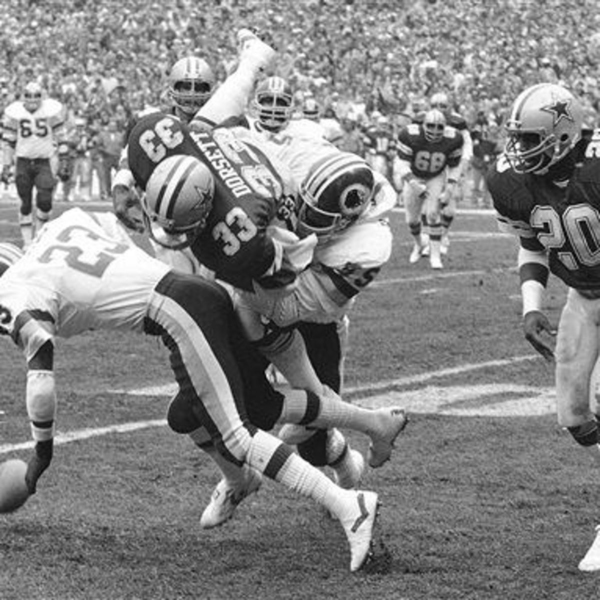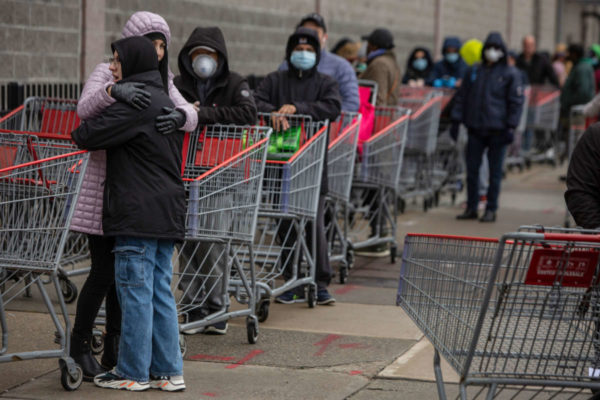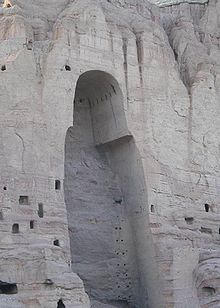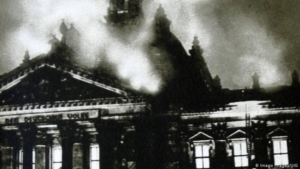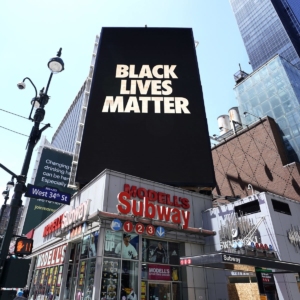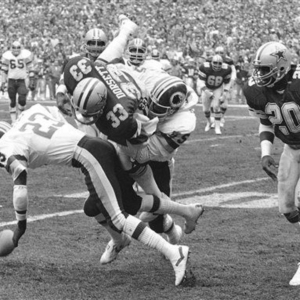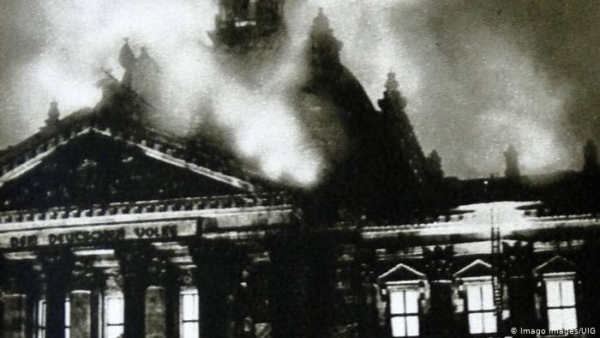
The Whole Country is the Reichstag
A crucial characteristic of the current situation is that the antagonism between the pragmatic and the visionary that liberals have often used as a cudgel against left aspirations and programs—the ubiquitous “now is not the time” or “don’t let the perfect be the enemy of the good”—is passé. The way forward, both to avert the most dangerous possibilities and to begin working seriously to change the terms of political debate, is to push for and propagate a public good framework for government.

